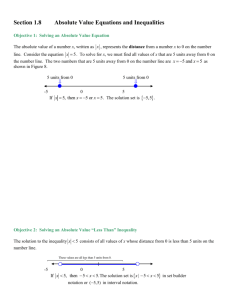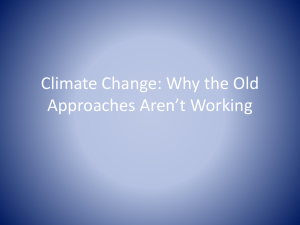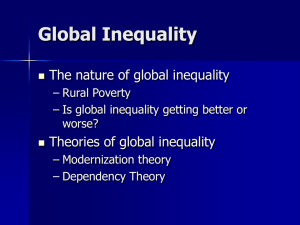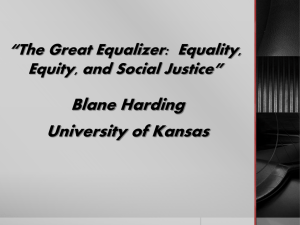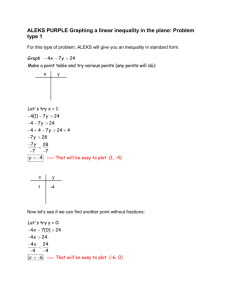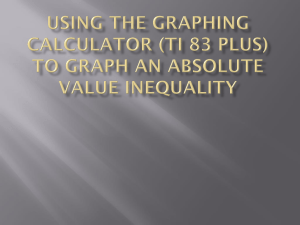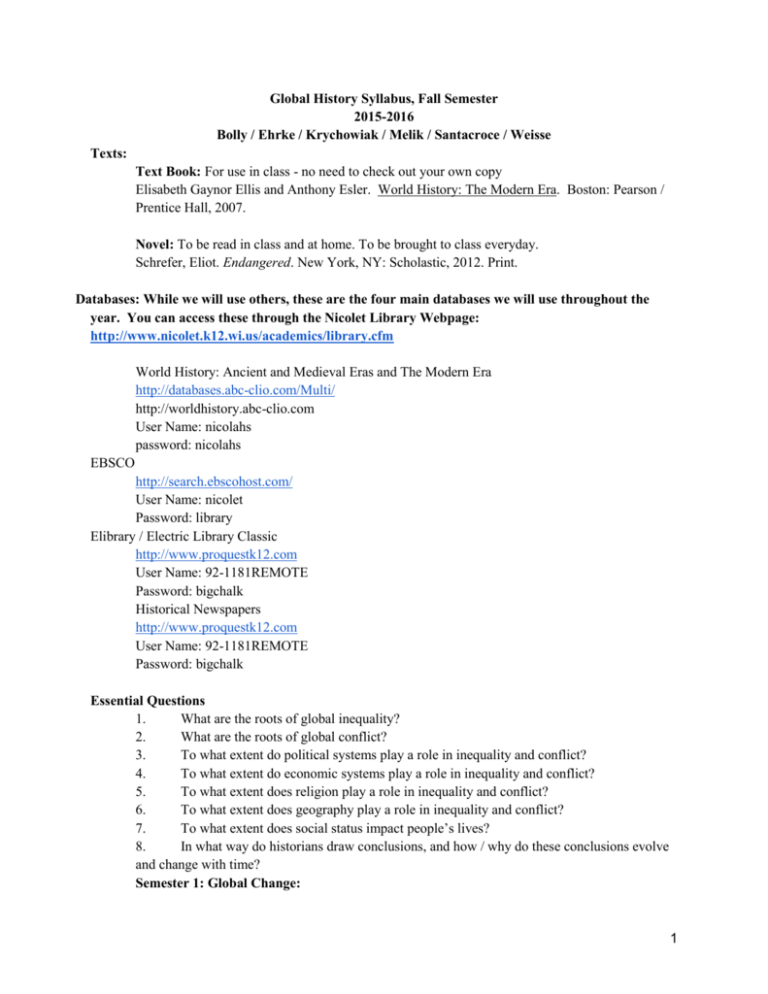
Global History Syllabus, Fall Semester
2015-2016
Bolly / Ehrke / Krychowiak / Melik / Santacroce / Weisse
Texts:
Text Book: For use in class - no need to check out your own copy
Elisabeth Gaynor Ellis and Anthony Esler. World History: The Modern Era. Boston: Pearson /
Prentice Hall, 2007.
Novel: To be read in class and at home. To be brought to class everyday.
Schrefer, Eliot. Endangered. New York, NY: Scholastic, 2012. Print.
Databases: While we will use others, these are the four main databases we will use throughout the
year. You can access these through the Nicolet Library Webpage:
http://www.nicolet.k12.wi.us/academics/library.cfm
World History: Ancient and Medieval Eras and The Modern Era
http://databases.abc-clio.com/Multi/
http://worldhistory.abc-clio.com
User Name: nicolahs
password: nicolahs
EBSCO
http://search.ebscohost.com/
User Name: nicolet
Password: library
Elibrary / Electric Library Classic
http://www.proquestk12.com
User Name: 92-1181REMOTE
Password: bigchalk
Historical Newspapers
http://www.proquestk12.com
User Name: 92-1181REMOTE
Password: bigchalk
Essential Questions
1.
What are the roots of global inequality?
2.
What are the roots of global conflict?
3.
To what extent do political systems play a role in inequality and conflict?
4.
To what extent do economic systems play a role in inequality and conflict?
5.
To what extent does religion play a role in inequality and conflict?
6.
To what extent does geography play a role in inequality and conflict?
7.
To what extent does social status impact people’s lives?
8.
In what way do historians draw conclusions, and how / why do these conclusions evolve
and change with time?
Semester 1: Global Change:
1
Rationale: After the the Neolithic Revolution, humanity experienced social, political, and economic
change in a continuous fashion. These changes sowed the seeds of the roots of inequality, which
have extended their legacy into the Global Conflicts that plague the modern era.
Unit I: Social Studies Essentials
Learning Targets
Students will be able to...
1.
Define political conflict and describe the political conflict in Endangered.
2.
Explain how the physical geography of a place such as the Congo impacts humans, animals and
the environment.
3.
Define the term inequality and provide evidence of inequality from Endangered.
4.
Describe the concept of human rights, and give an example of how human rights were violated in
Endangered.
5.
Make and support a claim about how conflict in the Congo affected individuals based on
Endangered.
Content: The focus for this unit is reading, understanding, and interpreting Endangered.
Unit II: The Roots of Global Change and Inequality: The Neolithic Revolution and the Formation
of Nations
Learning Targets
Students will be able to...
1. Describe and apply the basic tools used by geographers including map reading (latitude and
longitude), using an atlas, TOADS, and the five themes of geography.
2. Describe the manner in which historians measure time and apply these systems to the study of
history.
3. Explain why and how the Neolithic Revolution happened in the Fertile Crescent.
4. Analyze the impact that the Neolithic Revolution had on global inequality and global change.
5. Explain how political boundaries in Africa fueled conflicts and enhanced inequalities.
6. Identify and describe the evidence social scientists use to support their claims.
Content:
● Basic geography skills
● Guns, Germs, Steel, episode 1
● Otzi, the study of early man
● Geography and inequality in Africa
Unit III: Global Change and Inequality During the Middle Ages and Renaissance
Learning Targets
Students will be able to...
1. Describe how changes in economic systems during the Middle Ages influenced social inequality.
2. Describe how changes in political systems during the Middle Ages influenced social inequality?
3. Explain how Christianity reinforce social inequality in Europe during the Middle Ages?
4. Explain how Feudalism made an impact on global inequality?
2
Content:
● Feudalism in the Middle Ages
● Christianity and the Protestant Reformation
Unit IV: Enlightenment and Political Revolutions
Learning Targets
Students will be able to...
1. Explain how the Enlightenment influenced political change in Europe and North America.
2. Explain how the Enlightenment addressed issues of social, economic and political inequality.
3. Explain the causes of the French Revolution.
4. Analyze how well or poorly the French Revolution solved issues of social and economic
inequality.
Content:
● The Enlightenment in Europe & North America
● The French Revolution
○ social political conflict
○ Napoleon
Semester 1 On-going Project: National History Day (NHD): Theme - Exploration Encounter
Exchange
Learning Targets:
Students will be able to...
1.
Distinguish primary and secondary sources and explain the strengths and weakness of
each.
2.
Identify a broad topic, complete preliminary notes, and begin to develop a historical
question.
3.
Complete research on historical context and refine / revise the historical question.
4.
Develop a tentative thesis statement (the tentative answer to the historical question) to
guide your research.
5.
Conduct research and take notes using EasyBib, an online resource available through the
Nicolet Library.
6.
After reviewing your notes, develop the final thesis statement
● the thesis will be placed on your notes and outline page in EasyBib
● as your research progresses, you may want to edit the thesis to reflect your answer to the
historical question
7.
Develop a rough draft of your National History Project.
8.
Create an annotated bibliography for your project.
9.
Create your final project and present your research to the class.
End Semester 1
3





